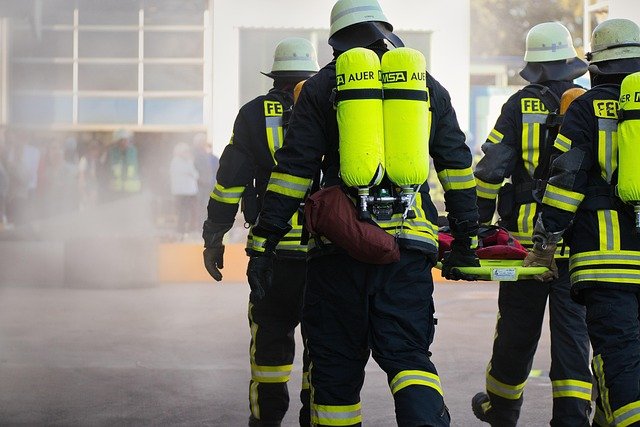Community outreach and prevention programs led by response teams
Community outreach programs led by response teams connect residents with practical safety information, hands-on demonstrations, and local preparedness resources. These initiatives focus on reducing emergency risk through education about fire safety, proper use of hydrants and turnout gear, basic rescue awareness, and promoting fitness and certification pathways for volunteer participation.

Community outreach and prevention programs led by response teams bridge the gap between professional responders and the public they protect. By offering clear information on safety practices, demonstrating equipment, and coordinating local drills, response teams help residents recognize hazards and act effectively during an emergency. These activities reduce the burden on emergency services by preventing incidents and improving community resilience.
Firefighting roles in outreach and prevention
Firefighting personnel often lead neighborhood visits, school presentations, and public demonstrations that explain how fires start, how smoke detectors function, and the safe use of household equipment. Outreach includes showing turnout gear to demystify the clothing firefighters wear, demonstrating how hydrants are accessed for water supply, and explaining differences between urban and wildland fire risks. These interactions build trust and help residents adopt simple habits—like checking alarms and creating escape plans—that lower the likelihood of a call to emergency services.
Rescue team involvement in community programs
Rescue teams contribute to prevention by teaching basic rescue awareness and safe behavior near hazards such as waterways, collapsed structures, or traffic incidents. Urban search and rescue (urbansearch) specialists may offer demonstrations on why clear access routes matter and how bystanders can preserve safety at incident scenes. Programs often include examples of rescue equipment, explanations of when to call for help, and safe ways to assist without putting oneself at risk, reinforcing that appropriate public behavior supports professional rescue efforts.
Emergency planning and public preparedness
Effective outreach emphasizes community-level emergency planning. Response teams collaborate with local services to develop evacuation maps, shelter plans, and communication strategies for diverse neighborhoods. Training sessions can cover how to assemble an emergency kit, coordinate with neighbors, and prepare pets for evacuation. By integrating scenarios for both wildland and urban emergencies, these programs help communities tailor preparedness to the specific risks in their area and reduce response times during actual events.
Training, certification, and education efforts
Public-facing programs often link to formal training pathways—first responder awareness classes, community emergency response team (CERT) training, or basic rescue courses. Outreach frequently explains certification steps, prerequisites, and the types of training available, while highlighting practical skills such as CPR, fire extinguisher use, and scene safety. Educational efforts aim to empower volunteers and community members to act safely and effectively without creating confusion about professional roles or suggesting unqualified individuals perform specialized tasks.
Safety practices and equipment demonstrations
Demonstrations of safety equipment—fire extinguishers, smoke alarms, personal protective equipment, and common rescue tools—are central to outreach. Response teams show proper maintenance of hydrants, the importance of clear access for turnout vehicles, and the limitations of household tools when facing large incidents. These sessions also address equipment inspections and safe storage practices, helping residents make informed choices about home safety upgrades and understand why firefighters use specific gear in different environments.
Recruitment, fitness, and first responder readiness
Outreach programs can highlight pathways into volunteering or supporting local response efforts without implying specific job openings or guarantees. Presentations often cover the physical fitness expectations for first responders, the mental resilience needed for stressful incidents, and the role of continued training in maintaining readiness. Recruitment-oriented talks describe typical certification requirements and training commitments, while community fitness initiatives promote general preparedness that benefits both residents and response teams during an emergency.
Community outreach led by response teams is a practical blend of education, demonstration, and partnership. When programs are tailored to local risks—whether wildland interfaces, dense urban centers, or mixed suburban areas—they help reduce incidents and improve outcomes when emergencies do occur. Consistent training, clear information about equipment and safety, and collaborative planning strengthen the relationship between residents and the agencies that serve them, contributing to more resilient communities overall.






